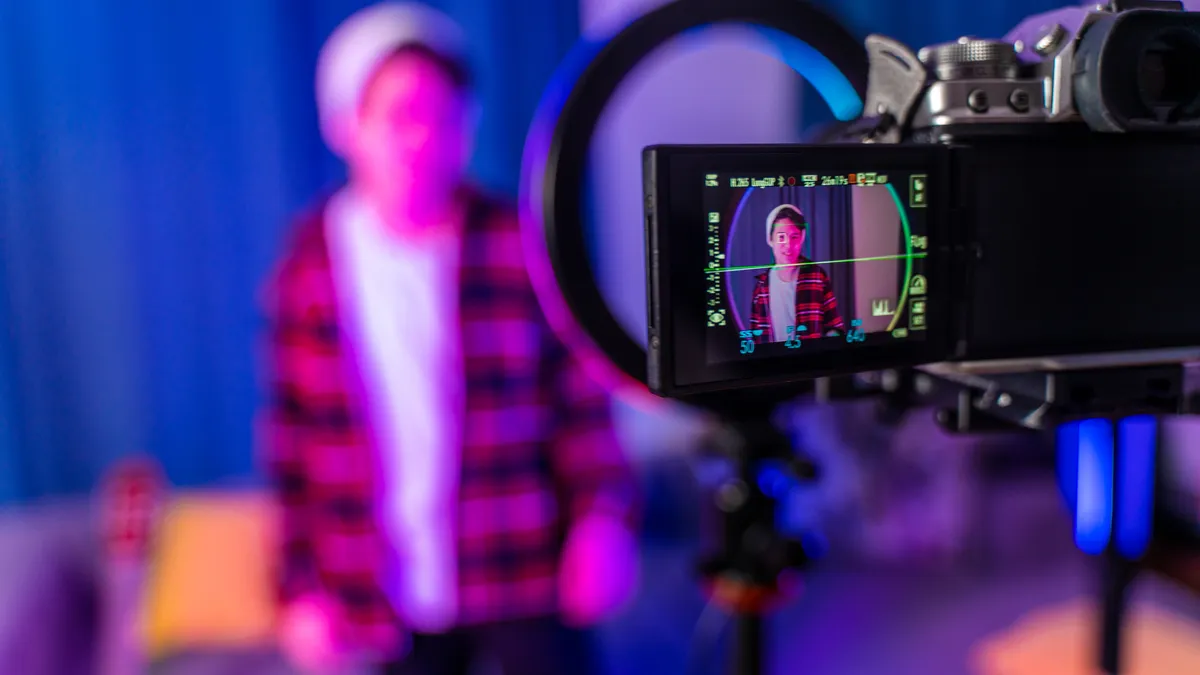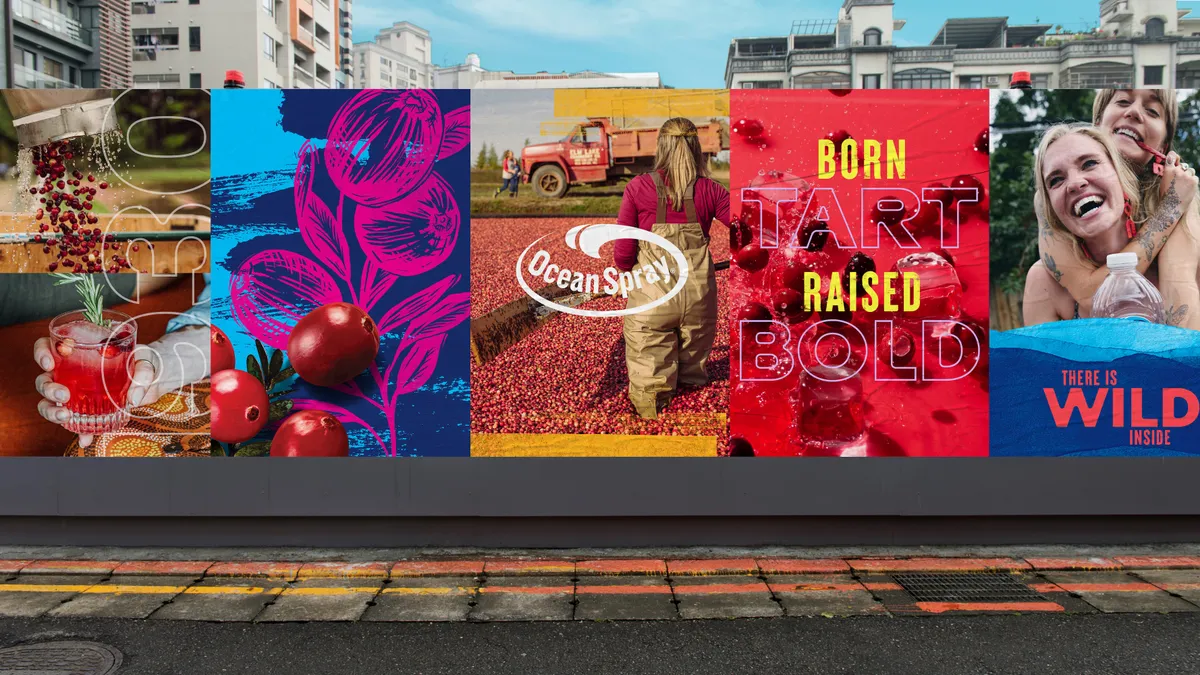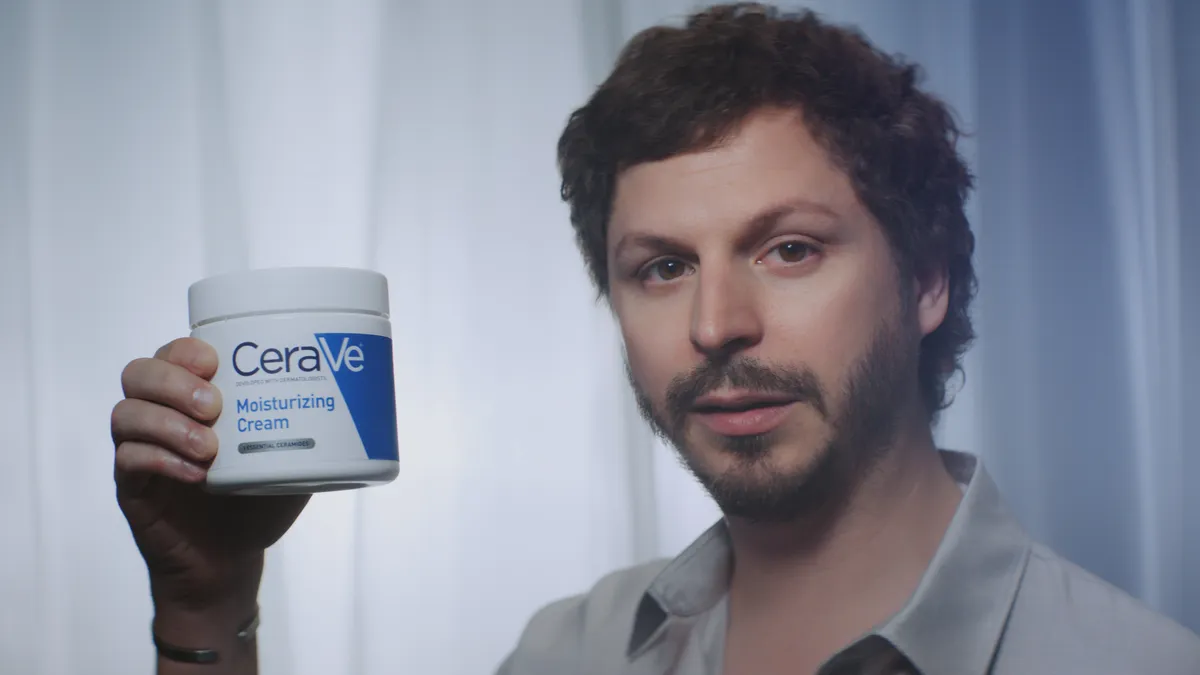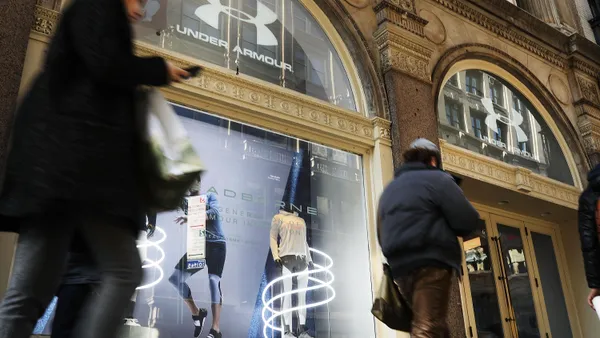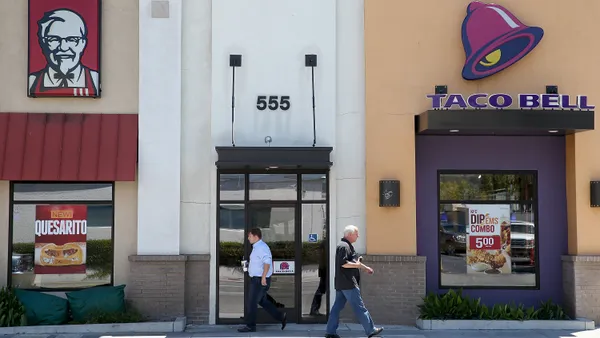Dive Brief:
- Among surveyed advertisers, 44% plan to increase their investment in content creators in 2024, with an average spending increase of 25%, according to an inaugural creator economy report from the Interactive Advertising Bureau (IAB) and research agency TalkShoppe.
- Advertiser interest is growing at a time when digital video consumption has reached an all-time high led by creator content. Among consumers, 39% report watching more creator content now versus last year while 22% said the same for studio-made content.
- The report asserts that ads running around creator content have a “tremendous impact” on the consideration, loyalty and advocacy stages of the purchase funnel. Ninety-two percent of advertisers report that they consider creator content to be a premium channel.
Dive Insight:
Advertiser investment in creators continues to ramp up, with the category viewed as a “must-buy” due to its vibrancy and ability to engage consumers, according to IAB and TalkShoppe’s inaugural report, titled “The Creator Economy Opportunity: Where Authenticity Meets Impact.” The creator economy is valued at $250 billion this year, per Goldman Sachs data cited in the report, and is expected to grow to $480 billion by 2027.
“Savvy marketers know that they need to reach their customers in content that resonates with them,” said David Cohen, CEO of IAB, in a statement. “There is no doubt — creator content is now a vital part of the mix.”
A key highlight in the IAB report is how creator content, defined as less-scripted material published on platforms like YouTube, TikTok and Instagram, lines up with studio-created content, which it classifies as scripted video content that appears on TV or streaming services. According to the findings, ads around creator content have a greater impact on the consumer research and consideration phases of the purchase funnel than studio content. Additionally, creator ads have a 1.4-times greater impact on building brand loyalty and a 1.3-times greater impact on inspiring brand advocacy.
Creator content is also a primary driver behind a boom in digital video consumption, with 39% of consumers reporting that they watch more creator content now versus last year. Among U.S. consumers, 78% are monthly digital video viewers, per Insider Intelligence data cited in the report, with those viewers consuming over four hours of video content on average each day. The average daily time spent watching digital videos has grown by 30 minutes over the past two years.
Advertisers accordingly are bullish about the creator category, with nearly all (89%) viewing the channel positively. Additionally, 86% of advertisers report that it is “easy” to move ad budgets to creator content, a sign that the channel is taking on a larger share of digital budgets versus being limited to funding from an experimental bucket, the report explained. When it comes to tracking success, 90% report that they are using the same metrics across studio-made content and creator content, a familiarity that could help grow confidence.
As creator marketing grows, the IAB report details how brands can succeed in striking a balance of creator and studio ads, with two-thirds of consumers reporting that they are open to seeing ads in both formats. Consumers perceive ads within creator content as more relevant and natural to the viewing experience, while they are more used to seeing ads in studio content and perceive it as slightly more memorable. An opportunity could arise from the distribution of creator content becoming more diversified, with 40% of consumers reporting watching creator content from their TVs.
“Creator content marketing is a powerful vehicle for driving full-funnel impact, and advertisers are finding tremendous success adding it to their marketing mix alongside studio content advertising,” said Jack Koch, senior vice president of research and insights at IAB, in a statement. “As more advertisers see real success with creator marketing, those who haven’t invested yet risk falling behind.”
The creator report from IAB and TalkShoppe leverages findings from a multi-phased research study, with results inclusive of quantitative surveys, qualitative interviews and daily digital ethnographies.



